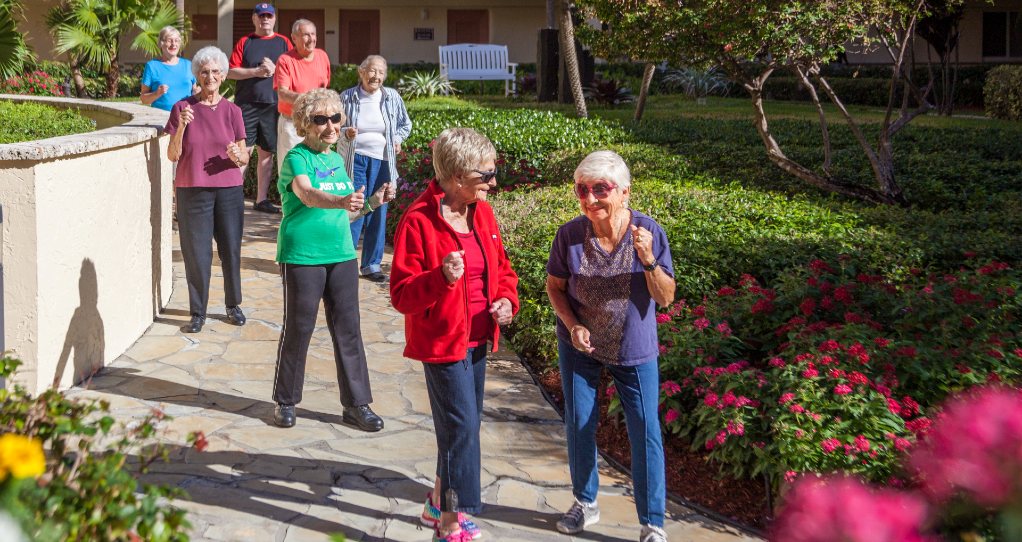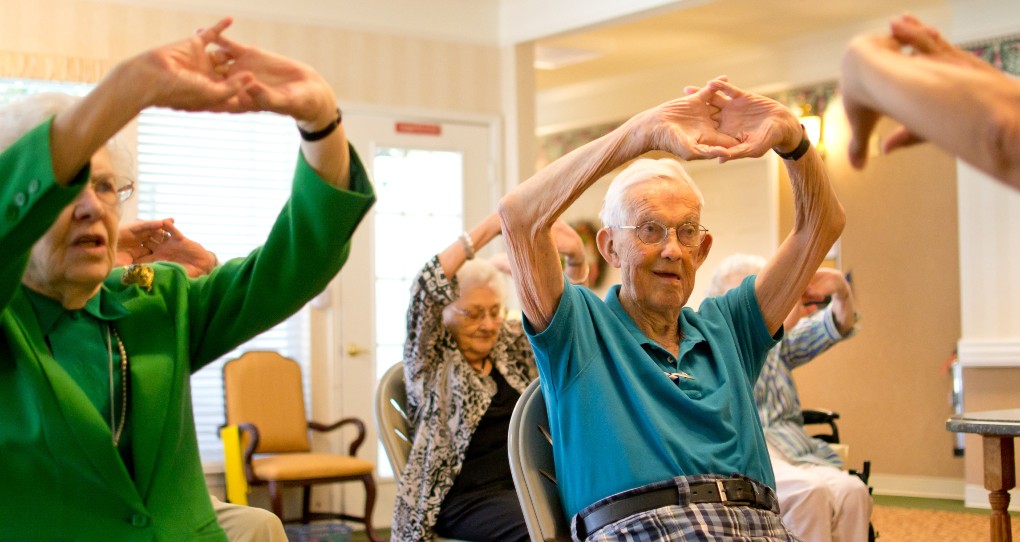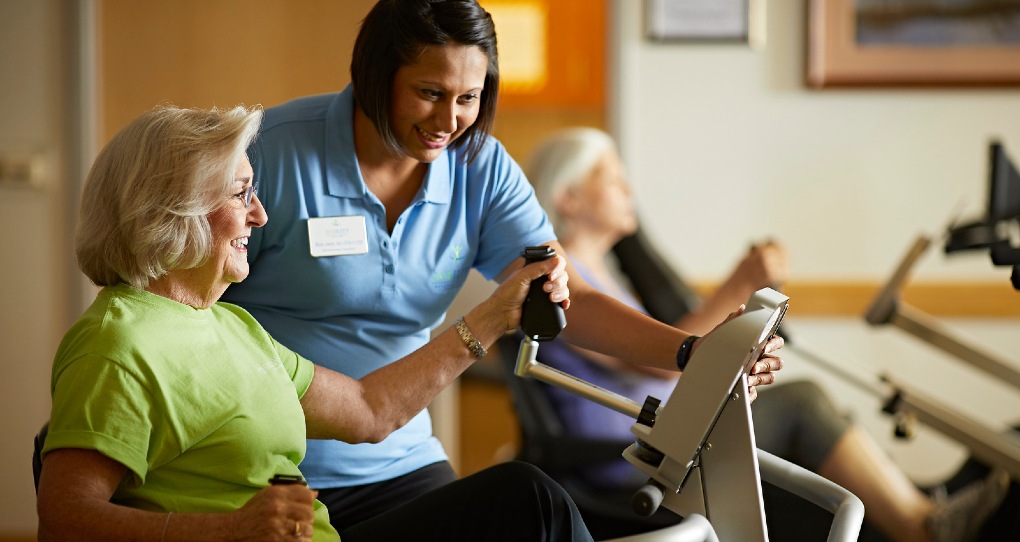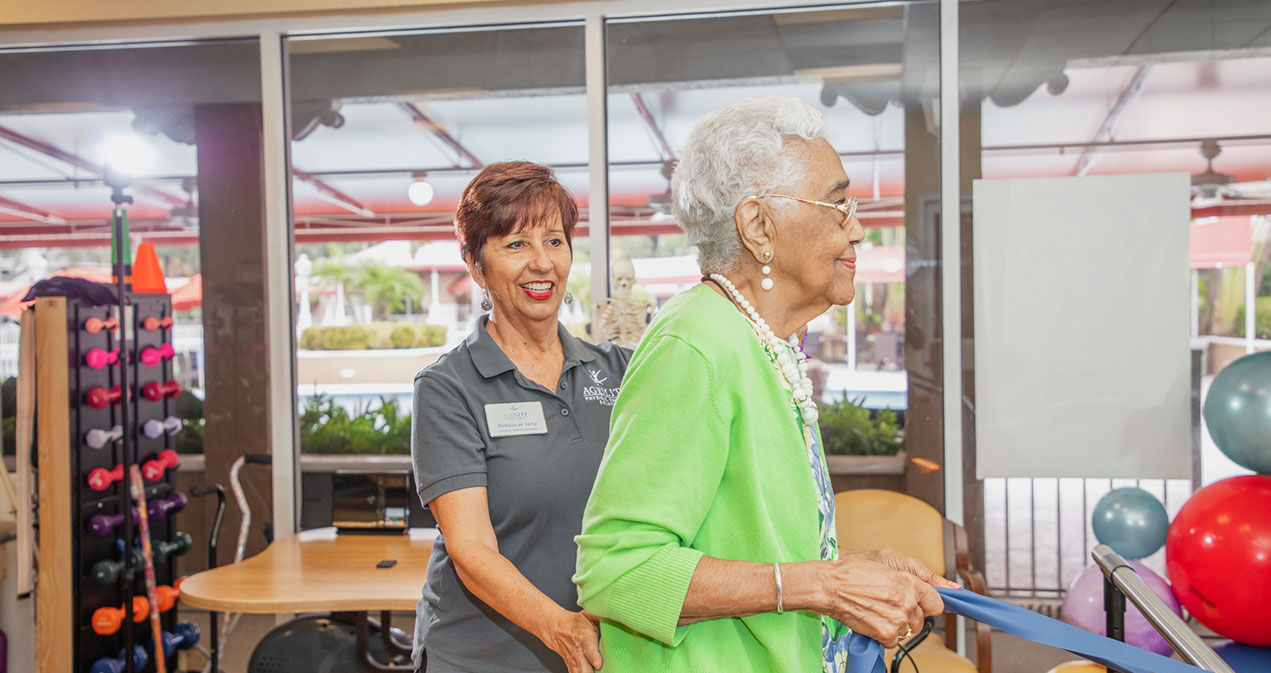Managing Urinary Incontinence: Asking for a Friend
June 24, 2021
It’s happened again. You sneezed and felt a leak down below. You think that maybe you won’t go out to dinner tonight with friends like you planned. Maybe you should stay home because if you go out tonight and laugh too hard, you’ll get that same sensation and feel embarrassed.
In fact, loss of bladder control has been a problem for a while now, and each time it happens—including this time—you swear you’ll call your doctor.
But you’re embarrassed and, like all the other times, you put it off. Maybe if you told your doctor you were asking for a friend, you could find the courage to ask advice on managing urinary incontinence.
If you did, your doctor might say your friend should know a few things: First, she’s not alone. Second, bladder leakage, also called urinary incontinence (UI), is highly manageable and treatable. Third, it’s important to get UI checked out, because it may be caused by an underlying medical condition that can be addressed by your doctor. Last, physical or occupational therapy could help, too.
And one more: There are steps you can take now to start regaining bladder control so you can live life with much less worry and a lot more confidence.
You’re not alone
Bladder leakage is more common than many people think. It occurs in both women and men, but it is more common in women, for whom childbirth and menopause are factors in addition to aging. In independent living and assisted living communities, UI is estimated to occur in 15%–35% of women and men. There are three main types:
- Stress incontinence occurs with physical stress, such as sneezing, coughing, laughing or working out.
- Urge or urgency incontinence occurs when a sudden, strong urge to urinate leads to leakage or not getting to the bathroom in time—a “Gotta go right now!” feeling.
- Mixed incontinence is when both stress and urge types occur.
Although UI is caused by conditions that happen to occur with aging, it should not be considered a normal part of getting older. It’s normal for an older adult to go to the bathroom one or two times during the night, and urgency should be rare. Yet many women don’t report UI to their doctor—only one in four seek care for the problem. That’s why it’s important to know that UI is highly treatable with therapy, such as that provided by Ageility physical or occupational therapists.
What can urinary incontinence therapy do?
In women, the pelvic floor is an interconnected group of muscles supporting the bladder. When it weakens, leakage or incontinence can result. Regular exercise of these muscles—called pelvic floor muscle (PFM) or Kegel exercises—can build muscle strength, endurance and coordination. Physical and occupational therapy treatment combines PFM exercises with modifications and other strategies to provide a well-rounded approach to treating UI. Treatment includes:
- Exercises to strengthen the pelvic muscles
- Monitoring the movement and strength of the pelvic muscles
- Teaching an at-home routine for strengthening the muscles and calming the nervous system
- Environmental modification
- Clothing modification
- Functional activities to increase toileting independence
- Mental strategies
By addressing not just physical strength but other factors, Ageility therapists teach their clients multiple ways to manage and overcome UI for an optimal chance at success.
Why you should talk to your doctor about managing urinary incontinence
Many people who struggle with UI are reluctant to bring it up with their physician. But UI may not be just a sign of weak pelvic floor muscles (or, in the case of some older men, an enlarged prostate). In rare cases, it can also be a sign of an underlying serious medical condition. Still, it is a very good reason to talk to your doctor is if UI is interfering with your daily life.
Until you can consult your doctor, here are some steps you can take to begin regaining control of your bladder and the hold UI has on your life:
- Monitor your UI. Note when it occurs to help recognize patterns you may want to change, such as using the bathroom following meals.
- Change your lifestyle. Even something simple can help, such as going to the bathroom every 2 hours during the day to empty your bladder regardless of the urge to go.
- Get adequate sleep.
- Watch what you eat and drink, especially “bladder irritants” such as caffeine, alcohol and acidic foods.
- Increase your physical activity.
- Get involved in recreational and social activities.
Start taking control—talk to Ageility
Are you (or your friend!) ready to tackle UI and leave the worry behind?
Find an Ageility clinic near you.




